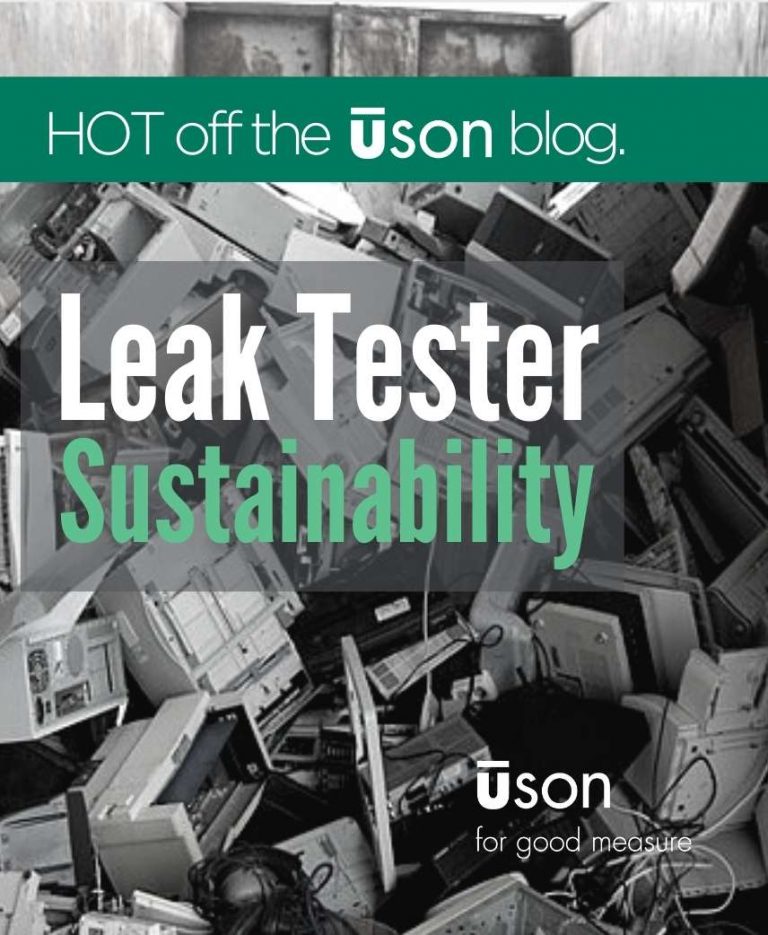 The EU’s hazardous substances directive, RoHS, is a fine example of why instrument and equipment purchasing decisions made today by device manufacturers must be anticipating the medical device designs of the future.
The EU’s hazardous substances directive, RoHS, is a fine example of why instrument and equipment purchasing decisions made today by device manufacturers must be anticipating the medical device designs of the future.
To backtrack, the gist of RoHS has been to restrict the use of lead and other potentially hazardous substances such as cadmium, mercury and others that historically have been at the heart of electronic products of all kinds. The medical device industry has been granted delays by the EU because of the life and death nature of product failures that might unwittingly occur when substitute materials prove unreliable over the long-term in real-world conditions.
Research continues on the likes of lead-free alloys to use in device electronics. Whilst RoHS has been around for a while now, nobody really knows what the future holds and how product designs will need to change in the coming years or decades.
This is one of many examples of why you need to look at purchasing decisions not only through the grid of the products you are making today but also evaluating test instruments or assembly equipment in terms of how flexible and versatile they are to adapt to product specs of the future.
For example, the leak tester you purchase today for testing laparoscopic surgery devices, drug-eluting stents, insulin pumps or other devices will likely need to handle new product designs many times during the economic life of that leak tester. Surgical techniques continue to improve. Today we are looking at smartphone operated devices of all kinds becoming more commonplace. Innovation happens—RoHS inspired or otherwise.
Leak tester manufacturers who are intimately involved in the medical device industry and especially USON, which has arguably solved the greatest number and most complex leak testing challenges in the device industry, has certainly given device makers’ needs to stretch capital equipment investments a good deal of thought. In fact, it was the overriding design concern in our most recently released leak testers such as Sprint mD, Raptor and the budget-friendly Uson 628.
Many of the specifications to build in versatility for future applications not even imagined would be the same for many other capital expenses. First, it is a given that the support for your equipment should extend over its full life—not just for the immediate application for which you are putting it to use. Second, if it is a test instrument, ensure that it not only can do many variations and types of testing but that the permutations of how test sequences can be set up are nearly unlimited. Third, considering the rate at which data tends to multiply, look for instrumentation that can manage and store data. I/O capacity is a relatively rapid way to zero in on whether an instrument or other equipment is versatile. As a rule of thumb, the models for any type of equipment or instrument that are most programmable are the ones that are built to last and be workable for newer product iterations.
Future-minded purchasing is a different mindset. Just look beyond the application at hand to anticipate ones not yet on the drawing board.